Is “MyPlate” a step in the right direction?
Jun 02, 2011, Updated Sep 20, 2018
![]()
This morning the USDA unveiled their new food icon, a simple plate graphic that (finally) replaces the confusing and cumbersome “My Pyramid” [PDF]. Twitter has been all aflutter (#myplate and #foodicon) with rants, raves, praises, and a fare share of criticism. Love it or hate it, this is clearly an important and much-needed change.
The new graphic is a huge improvement. It’s clear, concise, and doesn’t require much knowledge or training to understand how to apply, at least on the most basic levels. (The most recent “My Pyramid” required a mind-numbing getting started guide [PDF] with worksheets, charts, and tables — thus rendering it effectively useless.)
I do love that it shows a plate — which I hope will encourage people to start using again, rather than eating out of containers, cardboard boxes, and bags. (It’s a sad state of affairs that this is a significant concern, but, well, it is).
However, the plate icon is far from perfect, and it is by no means revolutionary. By necessity, it is a simplistic icon, and by its very nature it cannot accomplish or communicate everything it needs to.
It’s also pretty much the same advice we’ve been hearing for years. In the 1970s we were told to eat four food groups: Milk, Meat, Vegetable & Fruit, and Bread & Cereal. With the rates of overweight and obesity skyrocketing, clearly that advice — even if well-intentioned and fundamentally accurate — isn’t working so well right now.
I certainly welcome the change from “meat” to “protein,” and am happy that vegetables and fruits are each their own group — and therefore make up 40% of the recommended categories. I do, however, wish that dairy was grouped in with “protein,” which would be both more accurate and less confusing (ice cream is included in “dairy,” as you’ll see below).
But here’s where it gets a little odd. As listed prominently on the ChooseMyPlate.gov homepage, the plate icon is meant to encapsulate seven key ideas. From a purely graphical standpoint, the plate communicates just one of them, so if these are the seven most important messages the American Public needs to hear, then the MyPlate is an utter failure.
(We can debate the merits of the seven ideas another time.)
1. “Enjoy your food, but eat less” and 2. “Avoid oversized portions.”
I realize that this is a drawing that needs to work in a variety of sizes and in different mediums (print, web, t-shirts, etc.), and that’s fine. But I’m having a hard time finding any “joy” in this simplistic diagram. I also see no reference to “eat less,” except perhaps that the fork helps provide a sense of scale.
A larger plate generally means you’ll eat more food, but there’s no real indication of the size of the plate in this illustration. As for the oversized portions, again, without a sense of scale, this message does not come through. Additionally, many foods can’t be separated into these four distinct categories, as they’re often combinations of these groupings. How does that fit into this plate?
3. “Make at least half your plate fruits and vegetables.”
This is the only one that’s conveyed perfectly. I also like the suggestion of having slightly more vegetables than fruits.
4. “Make at least half your grains whole grains.”
A laudable goal, but they completely struck out on this one. The plate just says “Grains.” No indication of any kind about whole grains vs. refined. Even wonderbread would meet the criteria!
5. “Switch to fat-free or low-fat (1%) milk.”
Wait, what? First of all, they’re assuming that people are drinking milk with their meals, and then making the assumption that they’re drinking 2% or whole (3.3%) milk. If you dig a little deeper, the “dairy” circle includes soy milk and other milk substitutes… but is also includes “milk-based desserts,” like puddings and ice cream.
Sidenote: Considering there aren’t lobbying agencies for the four other food groups (there’s no “protein” lobby, as far as I know, and the closest thing Grains have is the Whole Grains Council), it’s painfully obvious why dairy gets its own category. Thanks, food politics!
6. “Compare sodium in foods like soup, bread, and frozen meals — and choose the foods with lower numbers.”
There’s no mention — or even hint — of sodium on the plate. Another missed opportunity.
7. “Drink water instead of sugary drinks.”
Umm, the plate shows a glass of milk, not water. Milk contains a lot of (naturally-occurring) sugar on its own, so that is inherently conflicting. More importantly, though, considering how much chocolate milk is served (and consumed) in schools and elsewhere — which has an enormous amount of added sugar — this is a significant contradiction.
The real question
During the press conference this morning, there were several mentions of how this plate is just the beginning of improving our food system, and I am encouraged by this. The real question, now, is whether or not we will be going beyond rhetoric. Is this the start of real, systemic change from our government?
The USDA suggests filling 50% of the plate with fruit and vegetables, but less than 1% of federal agricultural subsidies go towards fresh fruit and vegetables (the vast majority of subsidies go to corn, eventually resulting in inexpensive meat, processed foods, and sugary beverages).
As I’ve written recently, the single biggest way we can improve our food system in this country — and with it the health of all Americans — is to change our agricultural subsidies to truly reflect our science-based (not industry-lobby-based) understanding of diet and nutrition.
Ultimately, I hope that this icon is a symbol of real change to come, and not just another rebranding of the same old, tired food groups.
—
Update — Here are some other excellent articles that are worth the read:
USDA’s “Dinner Plate” vs. Farm Subsidies: It’s Still No Contest (Melanie Warner)
My Plate: New Illustration, Same Problems (Andy Bellatti)
Why we need MyPolicy instead of MyPlate (Michele Simon)
—
What are your thoughts on the new MyPlate? Is it an improvement? A waste of $2 million to develop and promote it? Sound off!

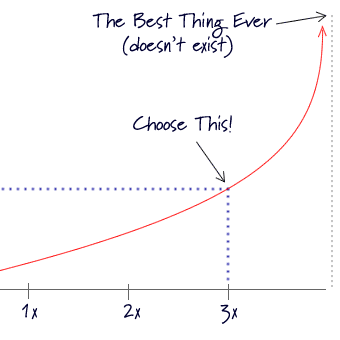
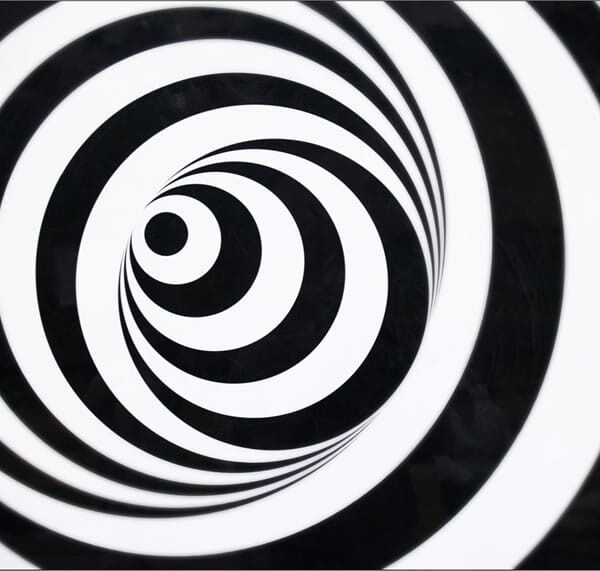
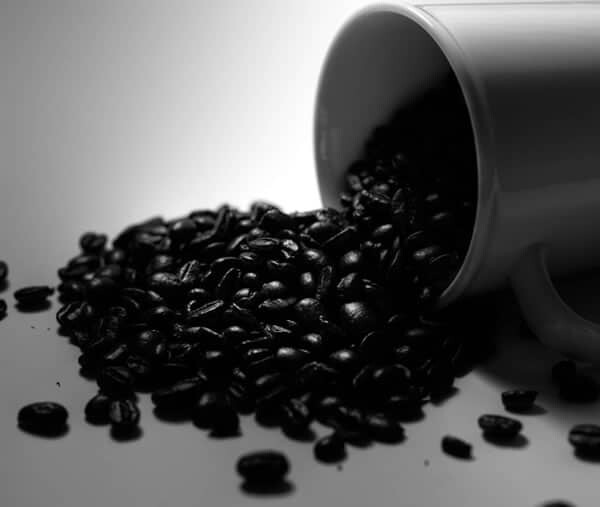
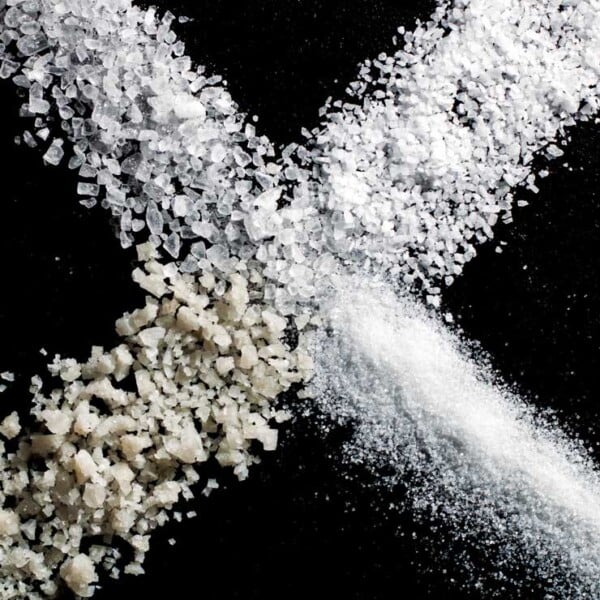




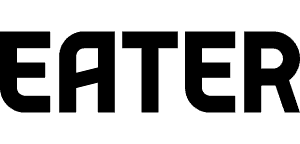
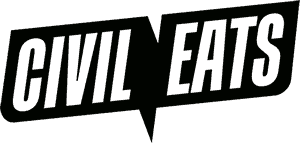
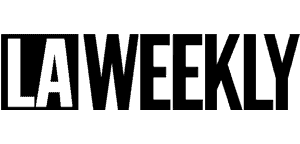
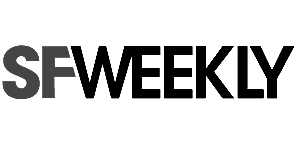





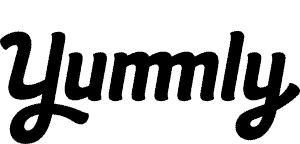

I’ve got a rather silly-seeming (to me, anyway) question. The Canadian Food Guide is still roughly based on the food pyramid of the ’70s (although it is currently shaped like a rainbow!)so I’m having a tough time understanding just how to read the MyPlate icon as it appears on such sites as Lose It! etc., which offer a nutritional report using MyPlate. It often shows up with sections in colour, and others faded, which seems to suggest that something is going on; I’m not sure, however, whether the higlighted segments are those “food group” allotments I’ve managed to meet, or those I need to eat more of. Any ideas!?
I think what you are asking of being related here via a pictogram may be a bit too much. For me the fact is that if people follow this visual recommendation – making it graphically appear like a plate that can be compared to an actual plate should help the effect – many of them will eat better than they did before.
On the other hand, I think you are dead on about subsidies going into the wrong directions. I’m normally not very keen toward formulating conspiracy theories, but I do imagine that there is quite a bit of lobbying going on.
Yes, yes, and yes. 🙂